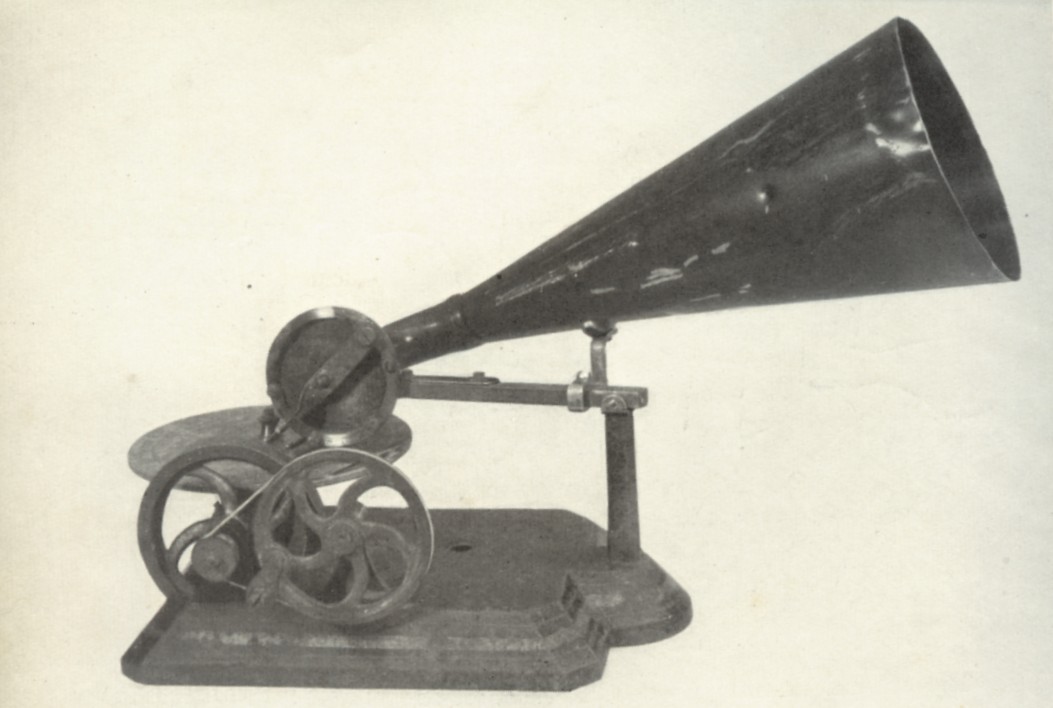The Grammy’s were launched on this day (May 4th) in 1959. Even though the first winner was “Tequila” by The Champs – not exactly an R&B song – the awards have evolved into a staple in the industry.
 The Grammy was originally called called a Gramophone Award, after Emile Berliner’s Gramophone.
The Grammy was originally called called a Gramophone Award, after Emile Berliner’s Gramophone.
Emile Berliner, was a German living in Washington D.C., when he invented gramophone. He patented the instrument in the United States under patent no 372786 dated the 8th of November, in 1887.
Scientists were trying to invent the voice recording instrument from the eighteenth century. In 1806, Thomas Young developed the sound wave theory to represent the sounds of drum in a graphical manner.
In 1877, the famous physicist Thomas Alva Edison recorded the voice for the first time in history and played it back. He used a stylus to the diaphragm by which the xups and downs of sound wave was inscribed on a cylinder covered by a tin foil. He patented the idea in the year of 1878.
But his idea was not accepted by the people for its drawbacks. It was not suitable for extended recording and it could not be used more than once. In 1886, Charles Summer Tainter and Chichester Bell applied for the patent of their newly invented machine Graph phone.
 Its stylus cut into wax on a cardboard disc. In the meantime Edison also improved his instrument by using wax instead of tin foil in cylinder. He challenged the patent application of Graphophone.
Its stylus cut into wax on a cardboard disc. In the meantime Edison also improved his instrument by using wax instead of tin foil in cylinder. He challenged the patent application of Graphophone.
After two years of court battle, the court ruled in favor of Tainter and Chichester.
In 1888, Berliner made a historical improvement of his instrument by introducing the flat discs with a stylus vibrating from side to side.
In 1896, an improved clockwalk motor was added to the Gramophone. In 1899, The Gramophone Company came in the market with clockwalk gramophone with the trademark “His Masters Voice.”
The music lovers, the singers, and the instrumentalists widely accepted this new instrument from its first appearance with great enthusiasms. With the advent of technology electronic recording system was developed.
Share this content: